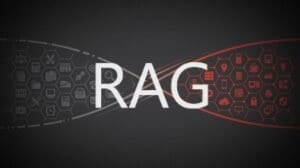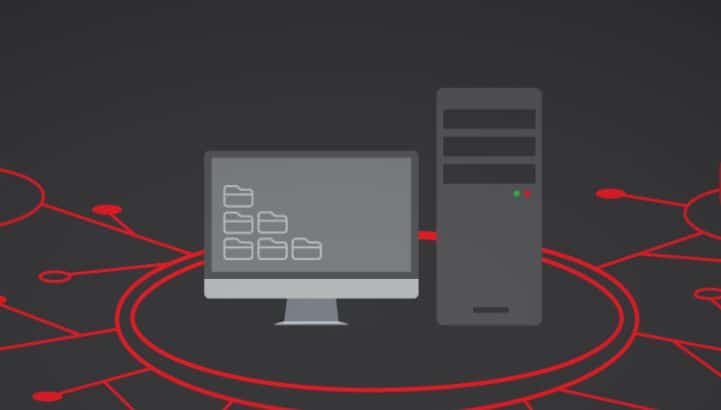Retrieval Augmented Generation (RAG) is an innovative methodology. It merges language modeling with document-searching methods. Also, it extends the traditional ways of language models. It does this by employing a generative language model. The model looks into a vast corpus of documents for pertinent information. This process happens before generating a response.
In essence, RAG broadens the language model’s knowledge. It allows access and application of information not directly available during training. It empowers language models with more context.
The Impact of RAG on Language Language Models (LLM)
By applying RAG, LLM can analyze context more efficiently. It generates more precise answers. Also, it becomes useful in a wider range of applications.
For instance, in artificial intelligence and machine learning, RAG ups the game. It is pivotal in creating advanced chatbots. Moreover, it automates writing processes. It generates creative ideas. Plus, it recognizes natural language in a more nuanced way.
The Significance in Language Model Implementation
This methodology is invaluable for language models. It allows access to information missing during the training phase. The result? More accurate, relevant, and oftentimes more creative responses.
In conclusion, RAG marks a significant stride in the field of AI and language models. It optimizes their capabilities, making them more relevant, accurate, and creative. Thus, making them a perfect tool for wider applications.
Read more about AI
Share



